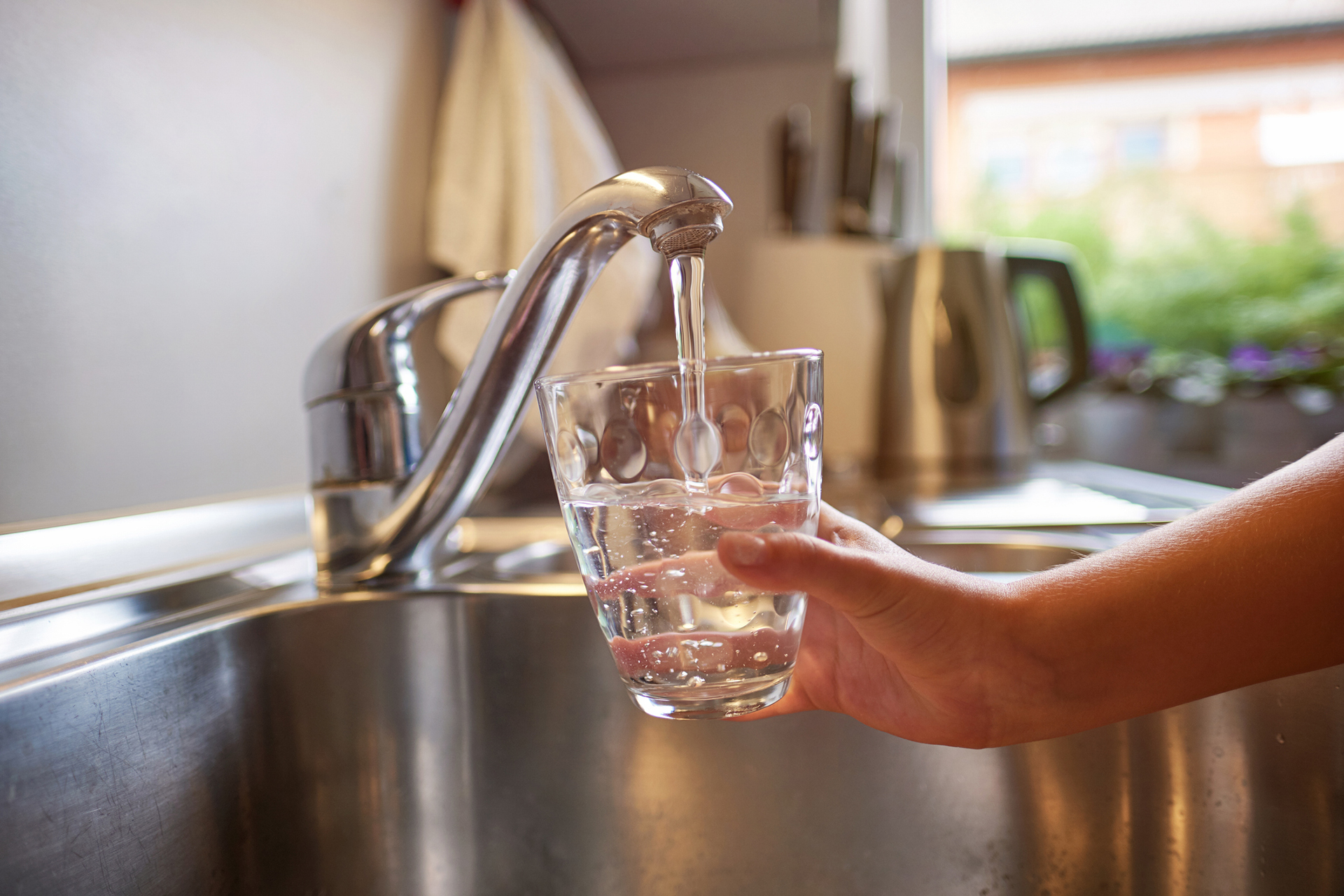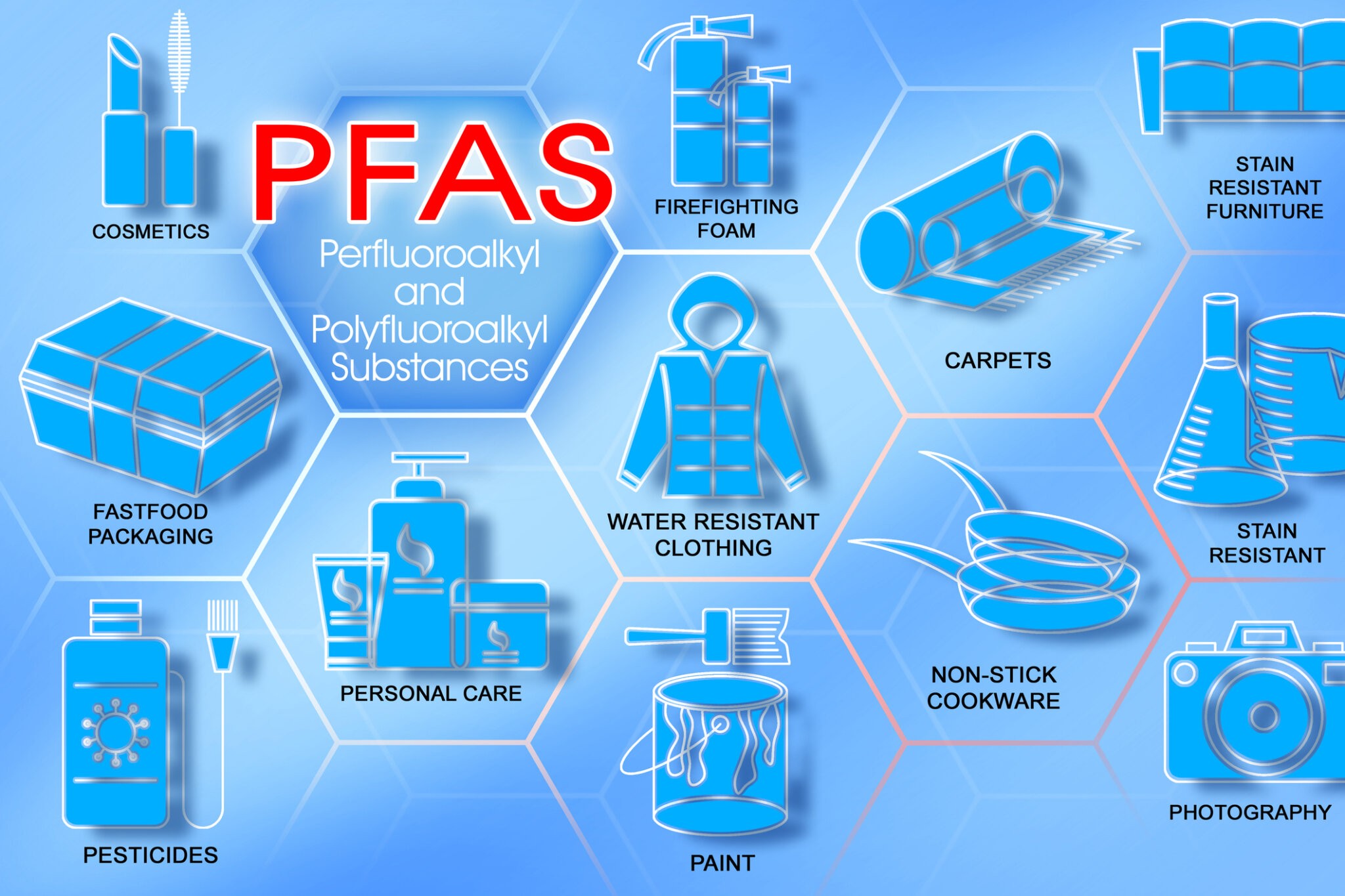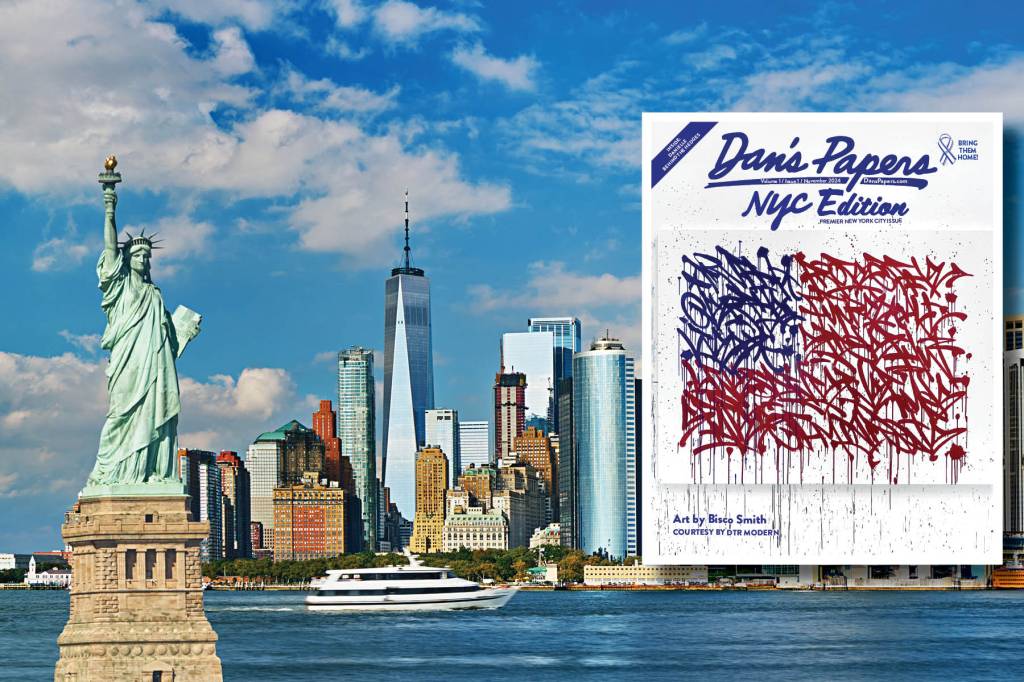Faucet Fix: East End Cheers New Federal Drinking Water Pollution Limits

Newly enacted unprecedented federal limits on toxic “forever chemicals” in public drinking water were a long-awaited cause for celebration for stakeholders on the East End, where such toxins are a widespread issue.
The U.S. Environmental Protection Agency announced the first-ever strict limits on toxic PFAS, or perfluoroalkyl and polyfluoroalkyl substances, which are long lasting in the environment and have been proven to have adverse health effects on humans.
“Today is a historic day for drinking water,” said Suffolk County Water Authority Chairman Charles Lefkowitz, whose 1.2 million customers include Twin Forks area homes and businesses. “Since the announcement of the proposed rule last year, the (SCWA) has been preparing for this, and we are well on our way to meeting all regulatory requirements within the timeframe laid out by EPA.”
The new drinking water rules will require utilities to reduce PFAS to the lowest level they can be reliably measured. Officials say this will reduce exposure for 100 million people nationwide and help prevent thousands of illnesses, including cancers.
“The result is a comprehensive and life-changing rule, one that will improve the health and vitality of so many communities across our country,” said EPA Administrator Michael Regan.
New York State enacted its own PFAS limits four years ago, setting a standard for PFOA/PFOS of 10 parts per trillion. In order to meet the limits, SCWA has installed a Granular Activated Carbon (GAC) treatment system that removes PFAS and other contaminants from drinking water at about a third of its 600 public supply wells across the county.

PFAS are dangerous synthetic organofluorine chemical compounds
Unlike New York City, which draws its public drinking water supply from upstate New York reservoirs, Long Island’s sole source of water is a subterranean aquifer — partly protected by the Long Island Pine Barrens that stretches from Manorville to the South Fork — that has been threatened by pollutants seeping into the ground. Piecemeal cleanup efforts are underway to protect the supply, including in the Hamptons and on the North Fork.
“Every American has a right to safe, reliable and clean drinking water,” U.S. Rep. Nick LaLota (R-Rocky Point), the congressman who represents the East End, said after recently securing $1.25 million for the SCWA’s Westhampton Water Main Extension project to help mitigate one PFAS contamination site impacting 64 homes in the vicinity of Old Country Road.
Health advocates praised the EPA for not backing away from tough limits the agency proposed last year. But some water utilities took issue with the rule, saying treatment systems are expensive to install and that customers will end up paying more for water. Utility groups warn the rules will cost tens of billions of dollars each and fall hardest on small communities with fewer resources. Legal challenges are sure to follow.
PFAS chemicals are hazardous because they don’t degrade in the environment and are linked to health issues such as low birth weight and liver disease, along with certain cancers. The EPA estimates the rule will cost about $1.5 billion to implement each year, but doing so will prevent nearly 10,000 deaths over decades and significantly reduce serious illnesses.
They’ve been used in everyday products including nonstick pans, firefighting foam and waterproof clothing. Although some of the most common types are phased out in the U.S., others remain. Water providers will now be forced to remove contamination put in the environment by other industries.
PFAS is a broad family of chemical substances, and the new rule sets strict limits on two common types — called PFOA and PFOS — at 4 parts per trillion. Three other types that include GenEx Chemicals are limited to 10 parts per trillion. Water providers will have to test for these PFAS chemicals and tell the public when levels are too high. Combinations of some PFAS types will be limited, too.
Environmental advocates praised the new rule.
“We are beyond thrilled with the EPA’s new bold regulations on PFAS chemicals and consider today’s announcement the greatest public health victory in a generation,” said Adrienne Esposito, executive director of the Citizens Campaign for the Environment, a local nonprofit advocacy group. “Exposure to cancer causing chemicals can and needs to be minimized and this new EPA ruling will do just that. Reducing public exposure to PFAS chemicals will save thousands of lives.”
Water providers will generally have three years to do testing. If those tests exceed the limits, they’ll have two more years to install treatment systems, according to EPA officials. Some funds are available to help utilities. Manufacturer 3M recently agreed to pay more than $10 billion to drinking water providers to settle PFAS litigation. And the Bipartisan Infrastructure Law includes billions to combat the substance. But utilities say more will be needed.
EPA also announced there will also be $1 billion from the Bipartisan Infrastructure Law available to help water suppliers, especially those in disadvantaged and rural communities, to install advanced treatment to meet these new standards. There will also be funding for private well owners to test and install treatment. These critical new standards will save thousands of lives and provide $1.5 billion in public health benefits annually.
Suffolk County water administrators maintain that local residents should not worry when they turn on their taps. “Since 2020, when New York enacted its own PFAS rules, SCWA has been meeting or surpassing all standards,” Lefkowitz said. “It has given us a great head start on the new rules, but there is still work to be done. Our customers should rest assured that the water that comes out of their tap is treated for PFAS when it is detected, and that the water that they drink is of the highest quality.”
-With Associated Press



